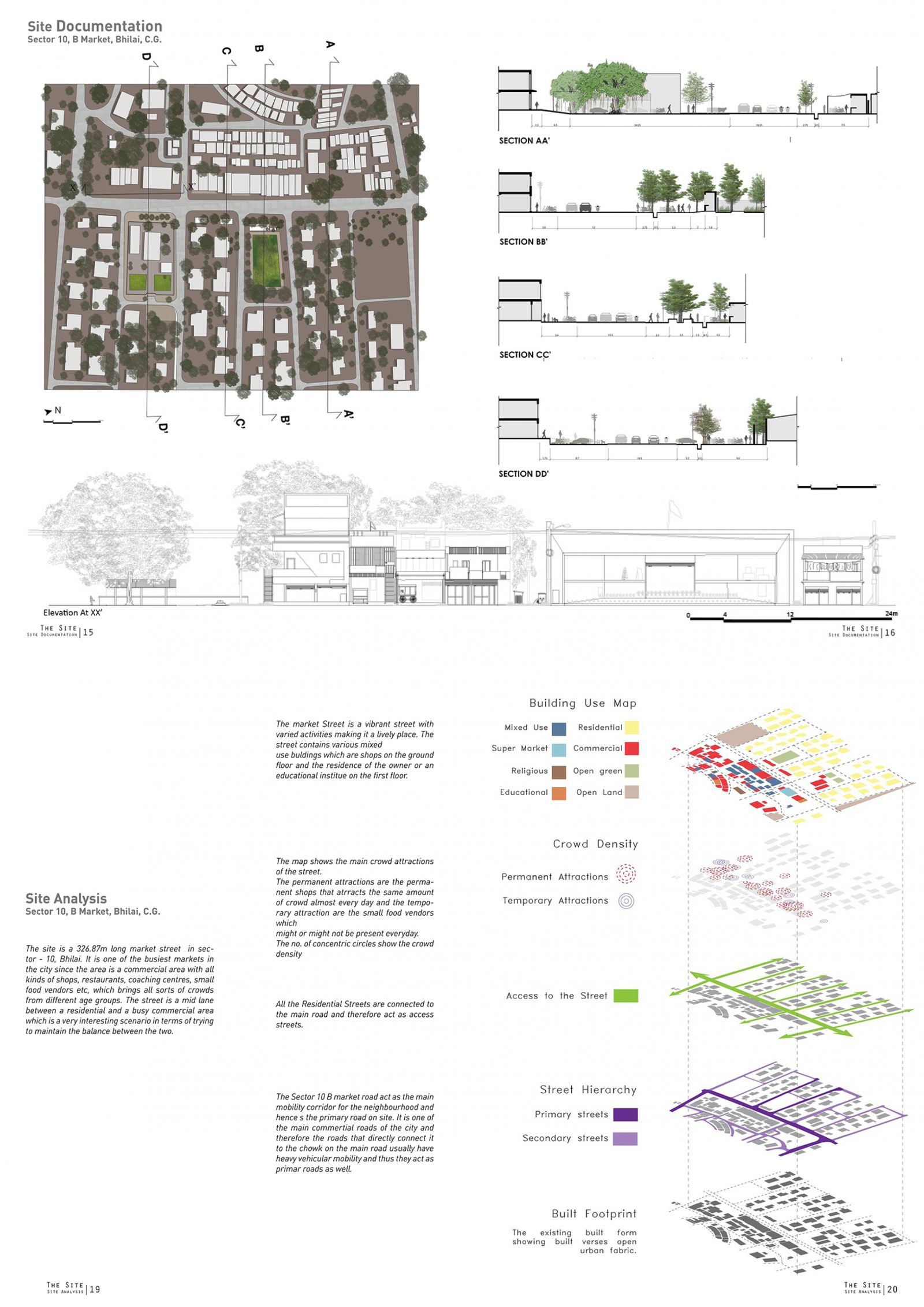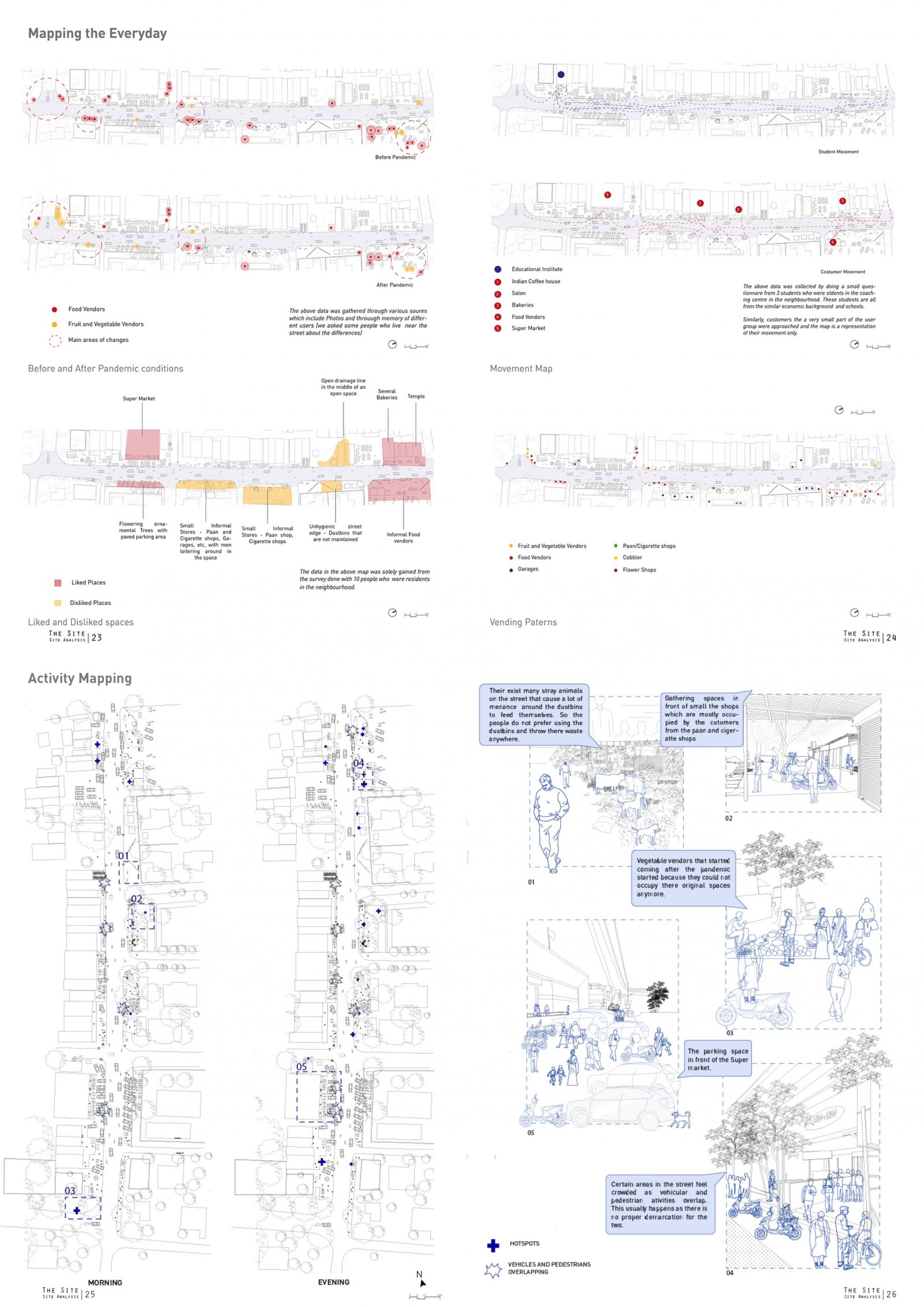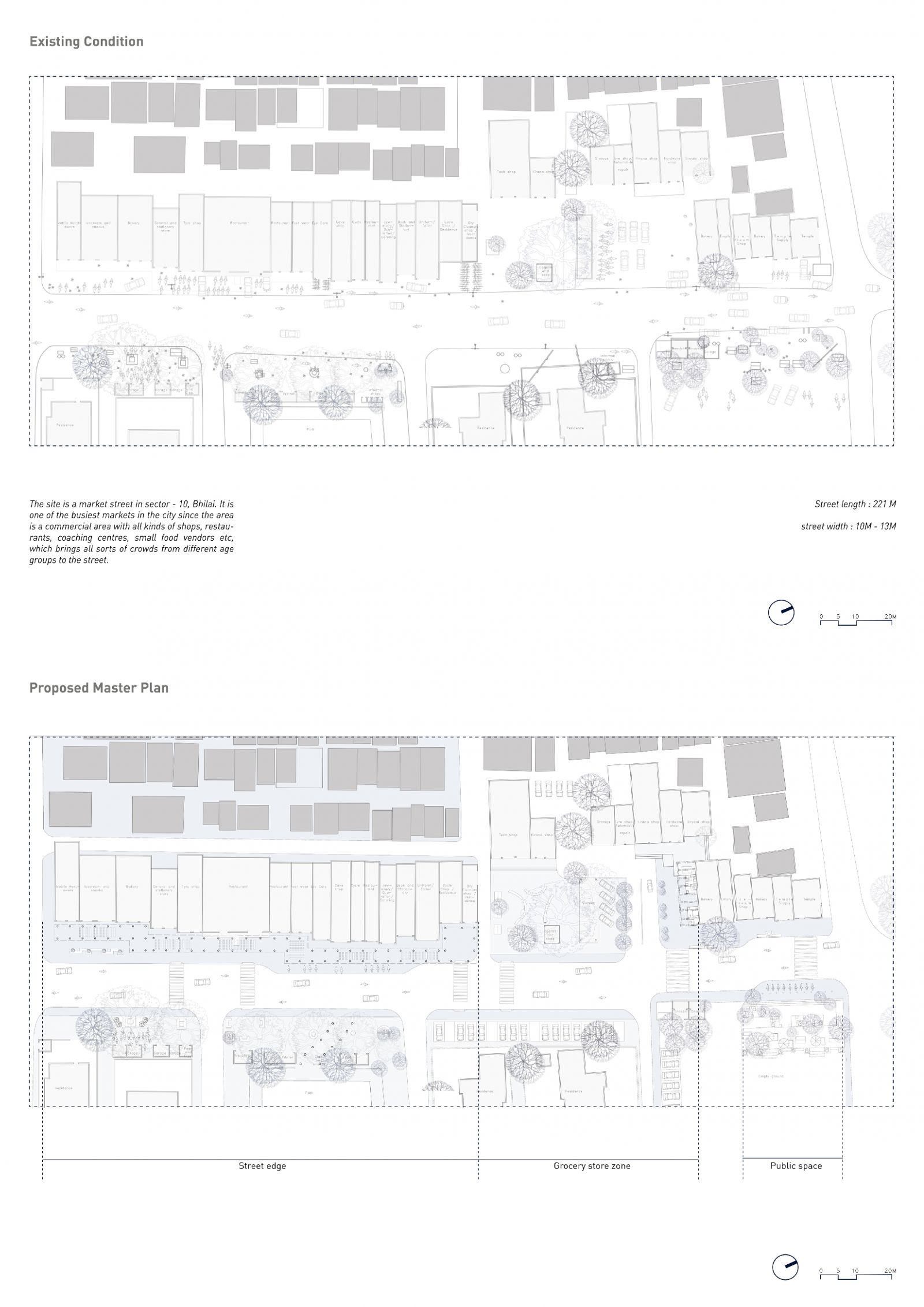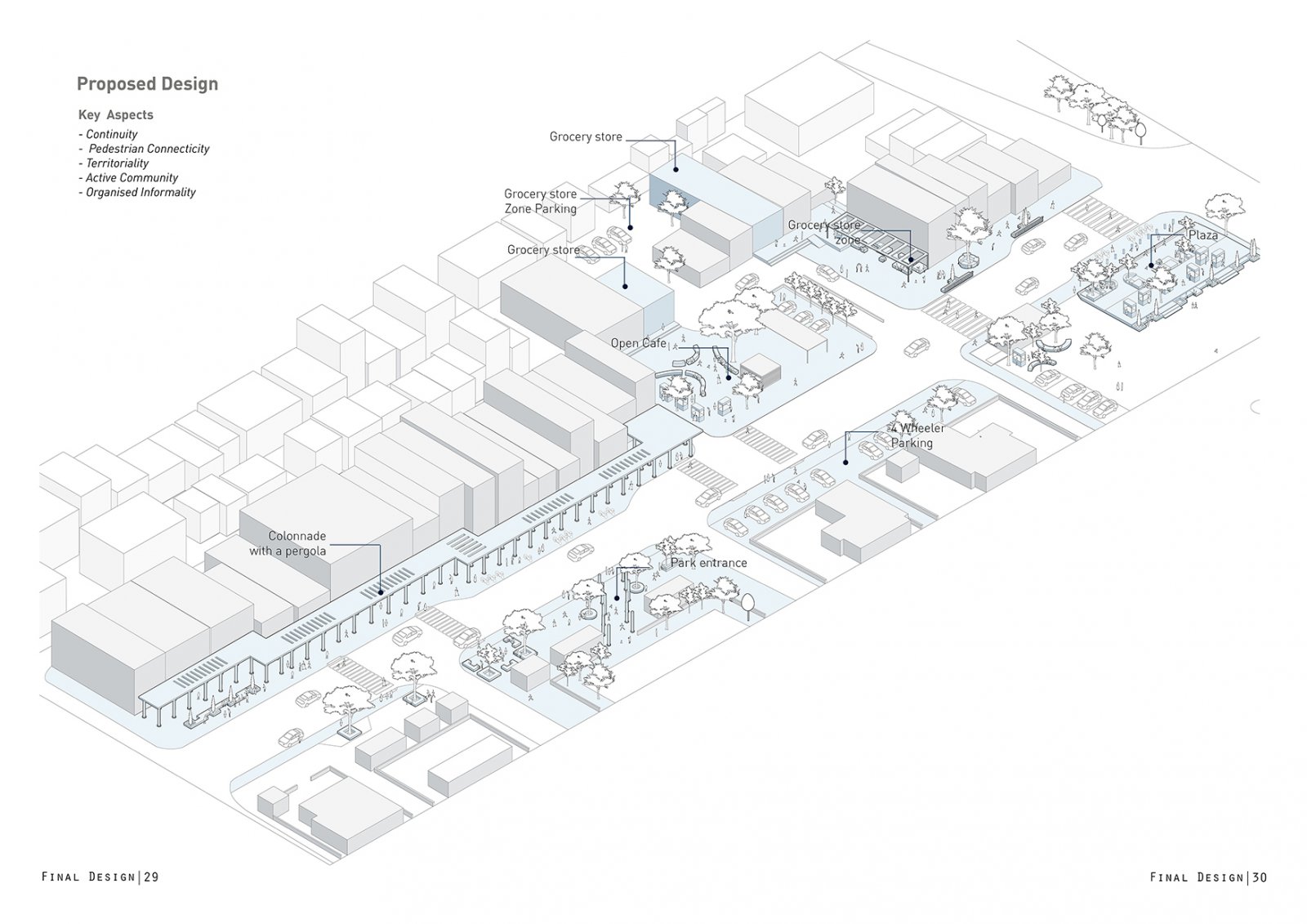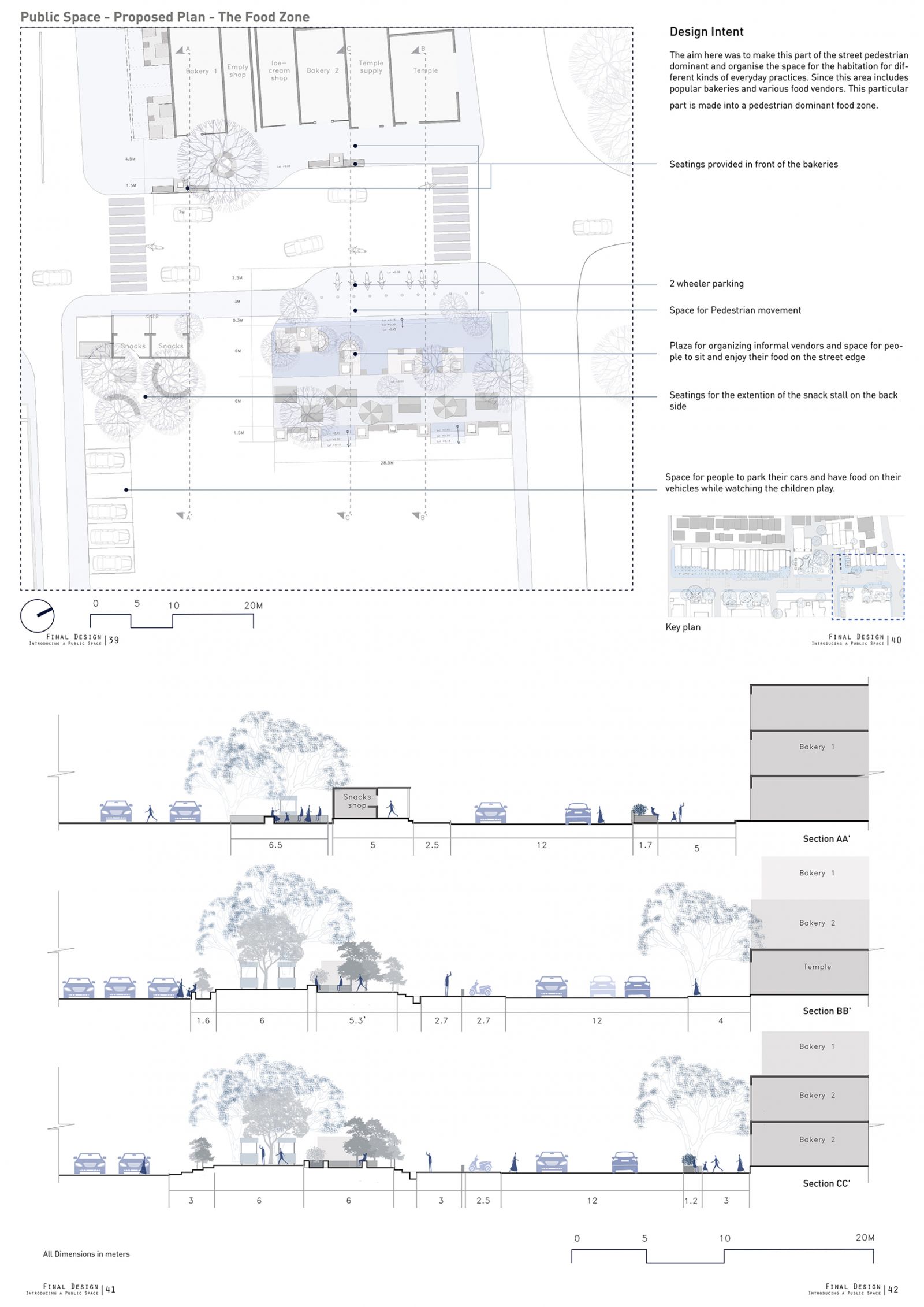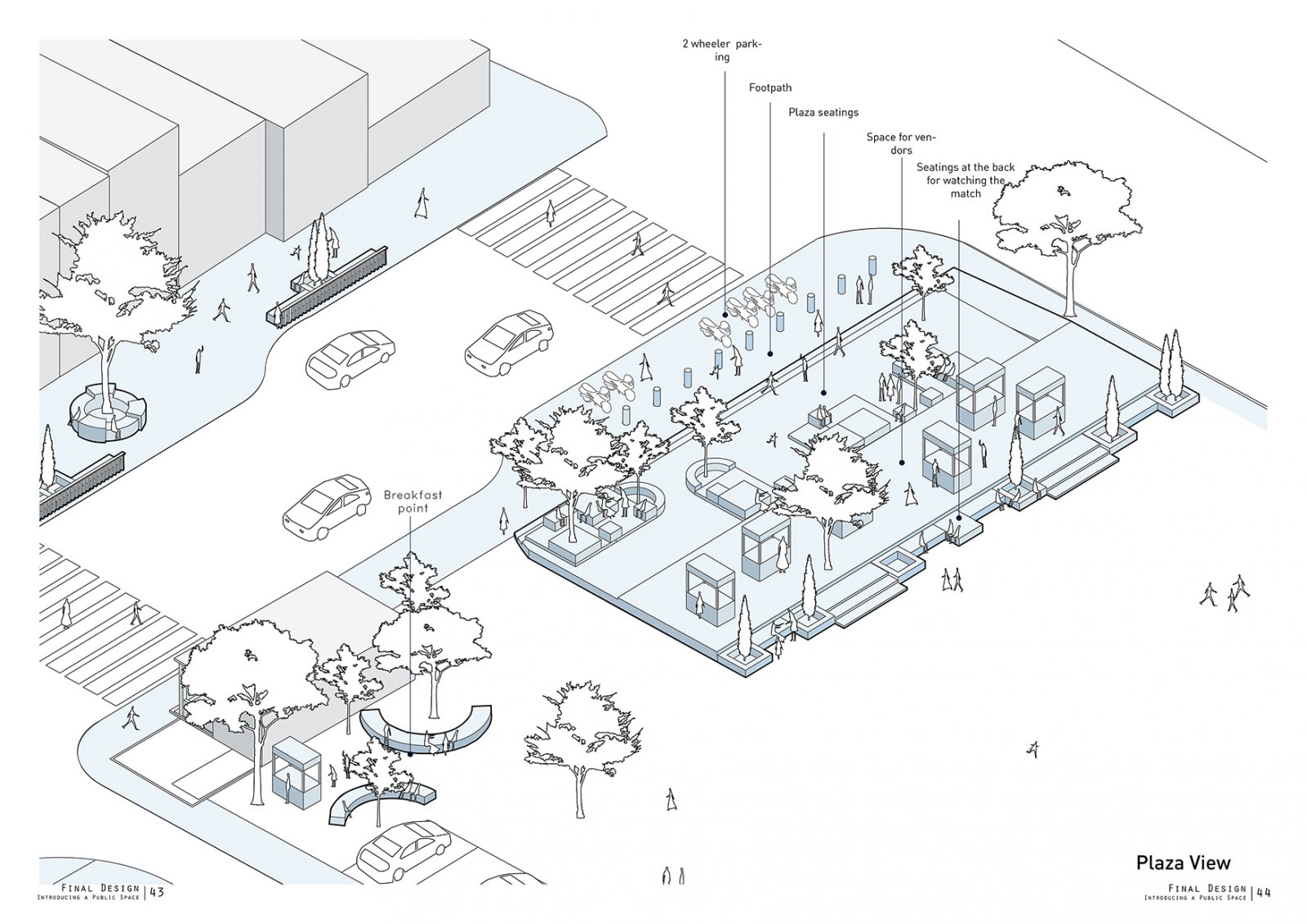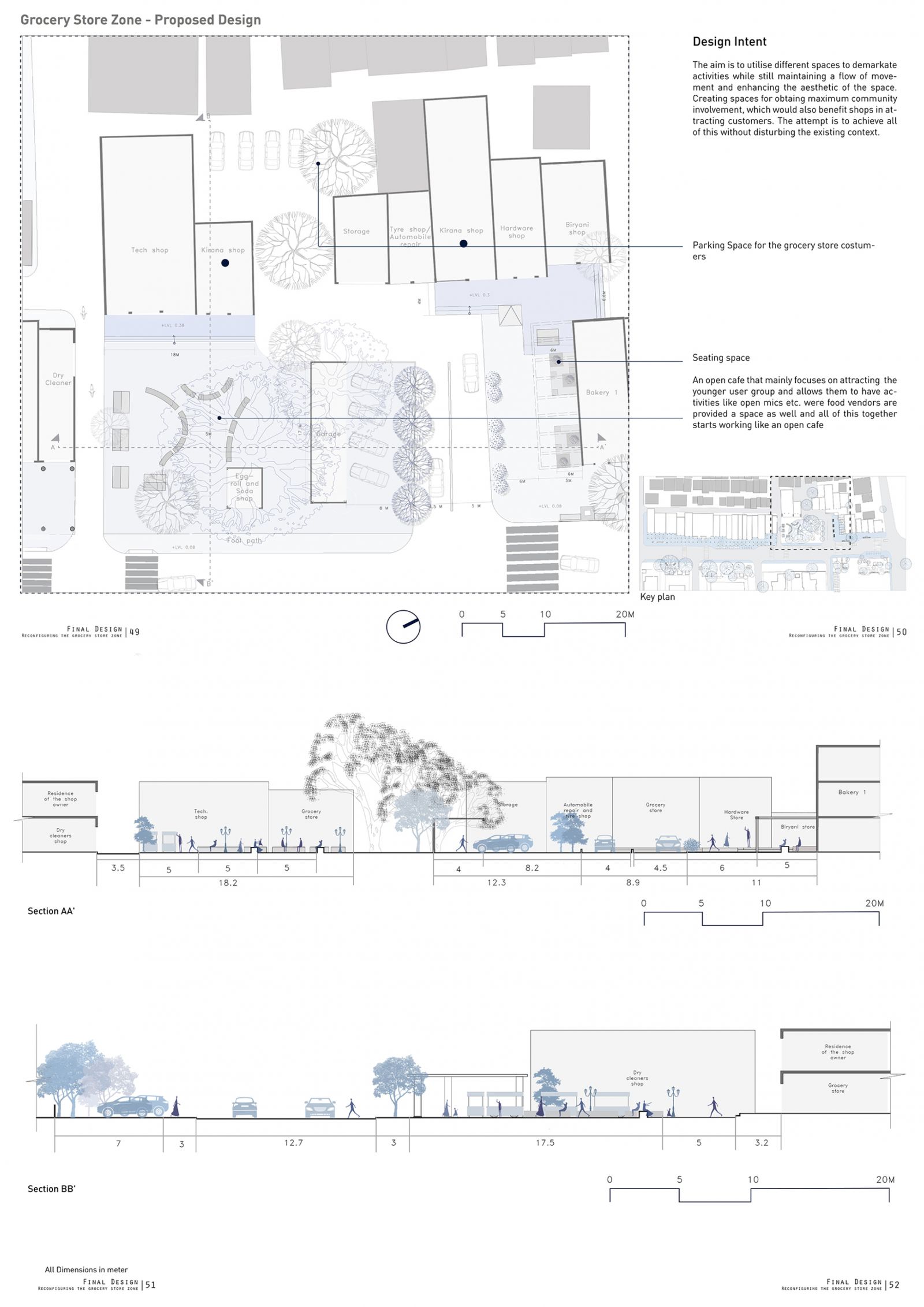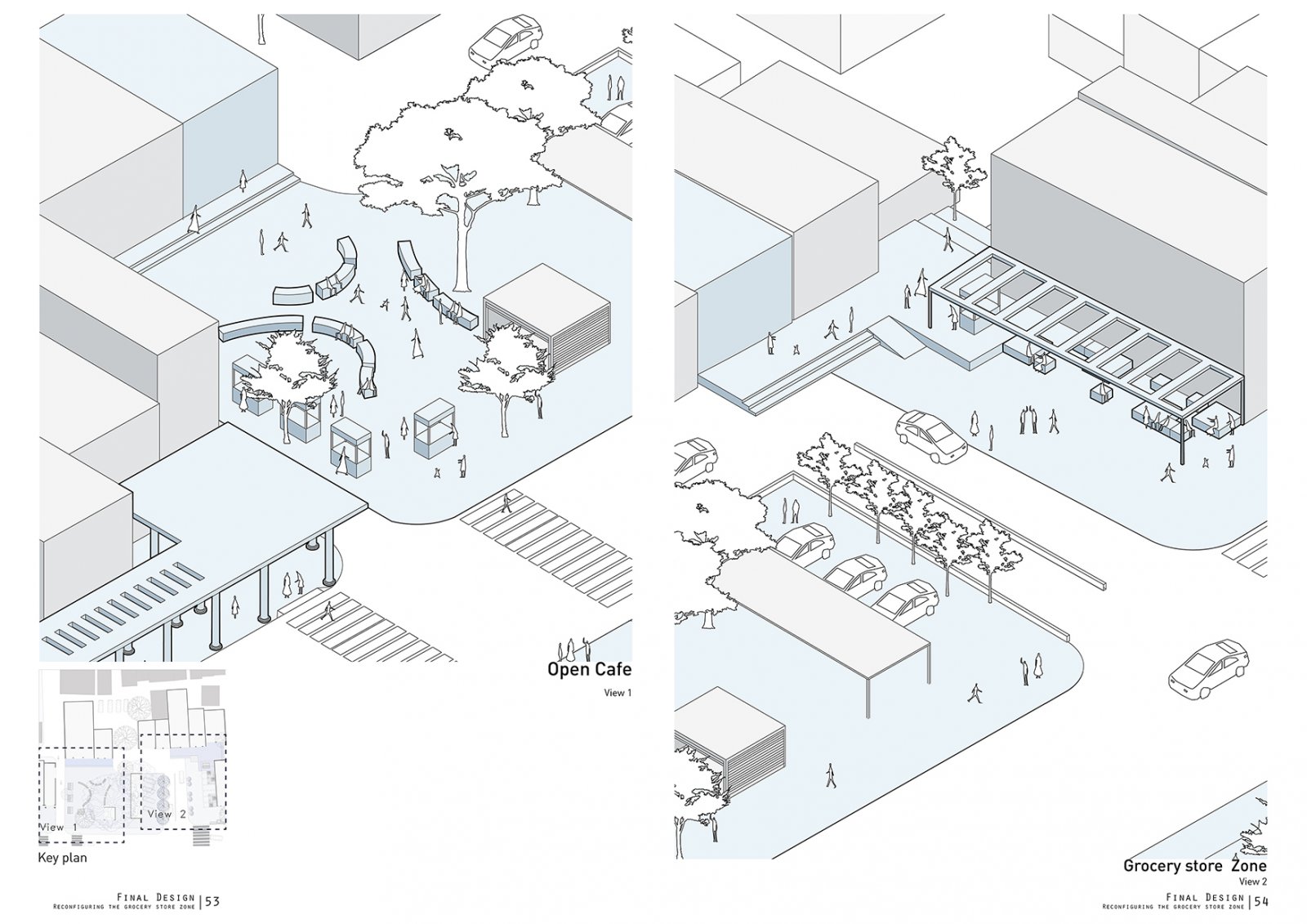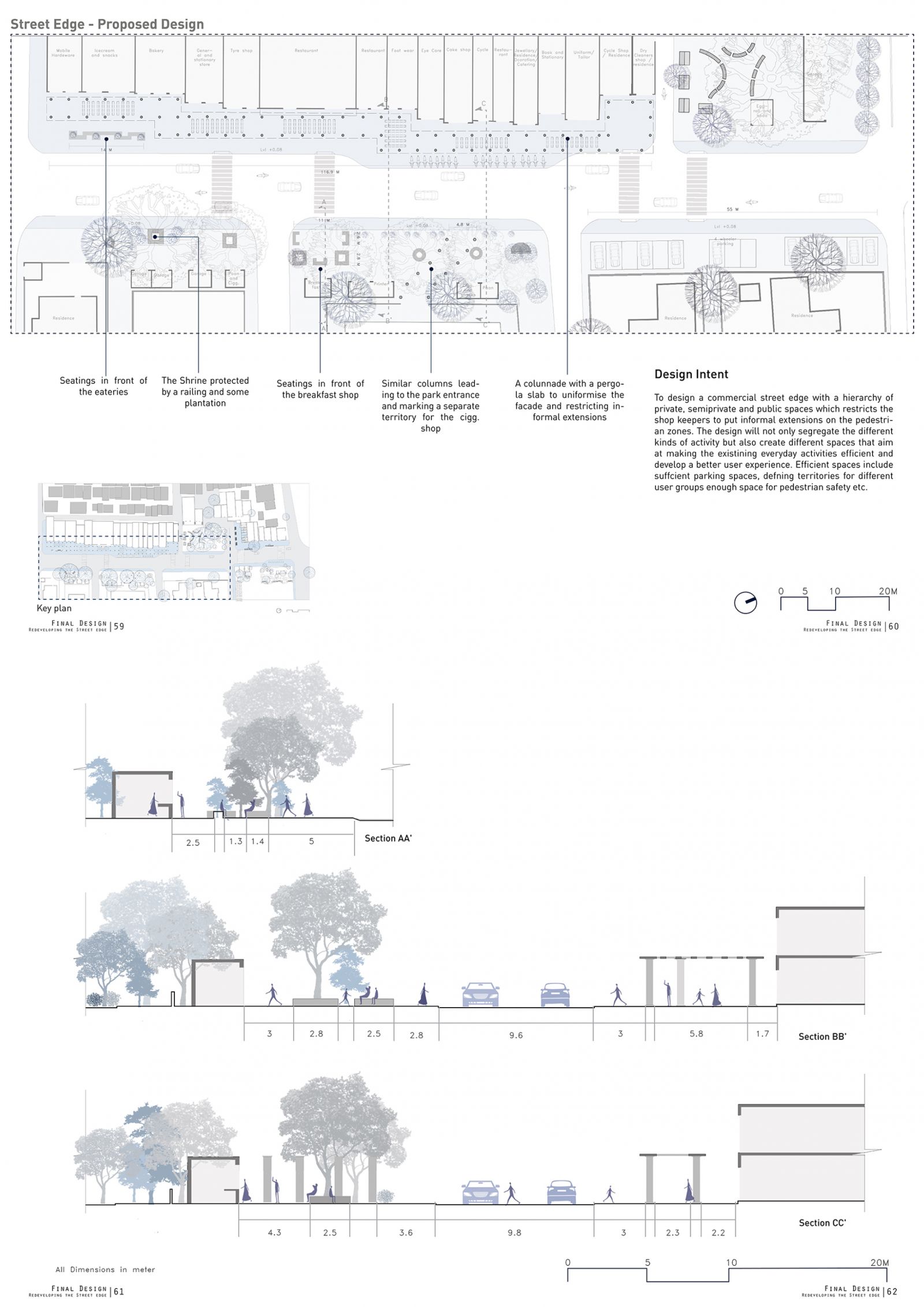Your browser is out-of-date!
For a richer surfing experience on our website, please update your browser. Update my browser now!
For a richer surfing experience on our website, please update your browser. Update my browser now!
Owing to the regular events brought together by various stakeholder groups as they walk through a street or engage in street socio-cultural activities, Indian streets in particular have often been a challenging site to deal with.The Indian context makes a street act more than a connector as a container of all these everyday activities that bring life to it. The future of these urban spaces depend on how we facilitate them with a better understanding of how the everyday activities could be contained and made better to make it convenient for the stakeholders. In this scenario of the pandemic, one would start noticing how it is very important to make more people centric streets. I would not have considered things like social distancing and self resilience if it weren’t for the pandemic. Now after observing the kind of emergencies a place can go through and how the human activities change drastically in different situations especially around certain places that are connected to fulfilling basic human needs, it became mandatory to come to a neutral ground in terms of enhancing the everyday activities in a normal situation while still providing opportunities for such activities and making walkable neighborhoods in the times of emergencies. This exactly what the project is aiming at. It can seem contradictory to balance the priorities of density and quality of life. However, in order to transform cities, balancing the need of infrastructure for vehicular activities and public space management or place making, will incorporate both effectively in order to make self resilient, people centric neighborhoods.
View Additional Work